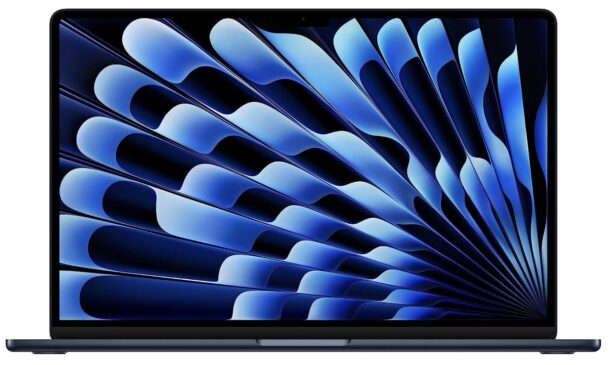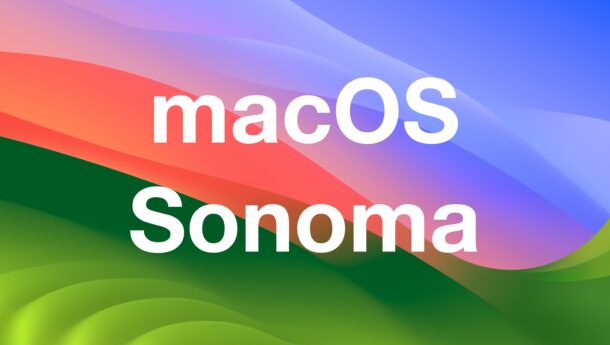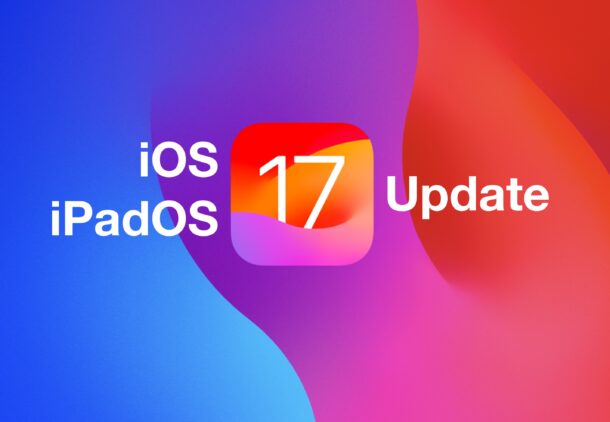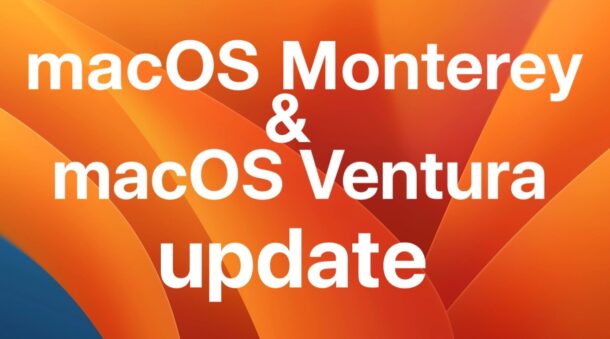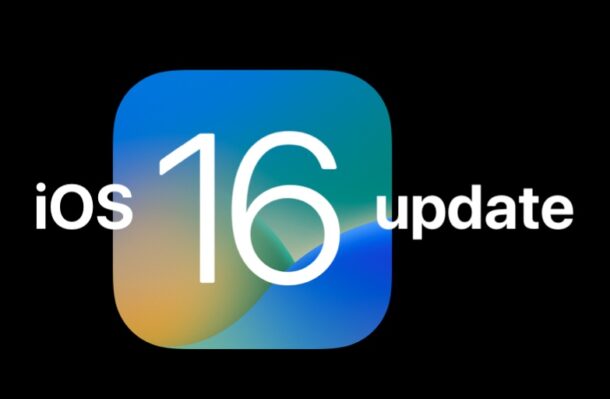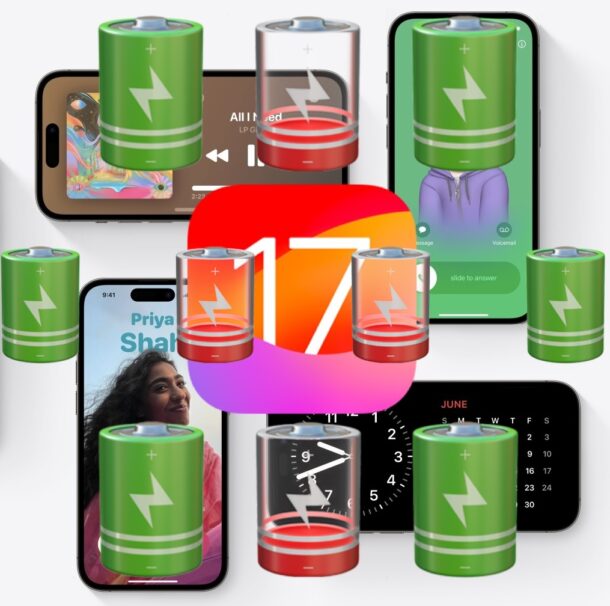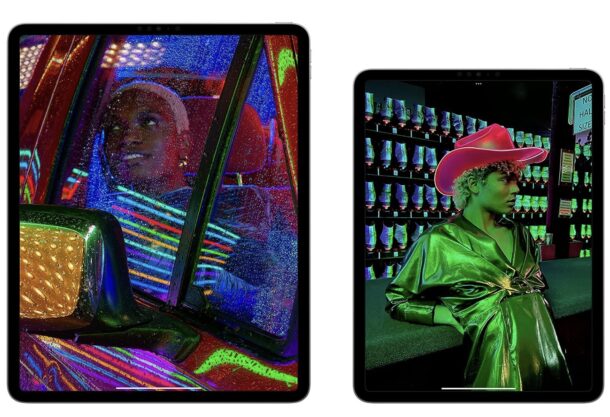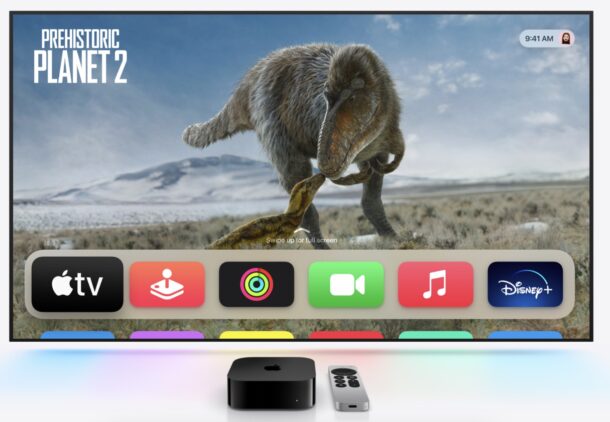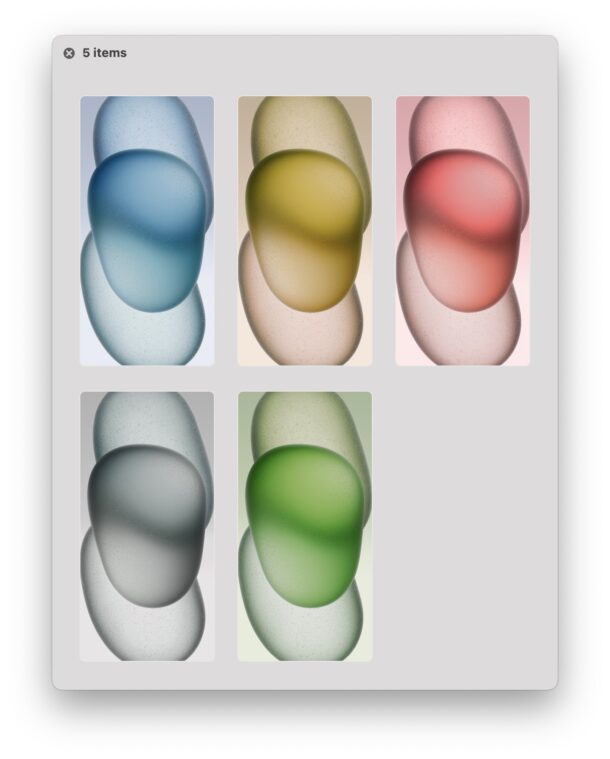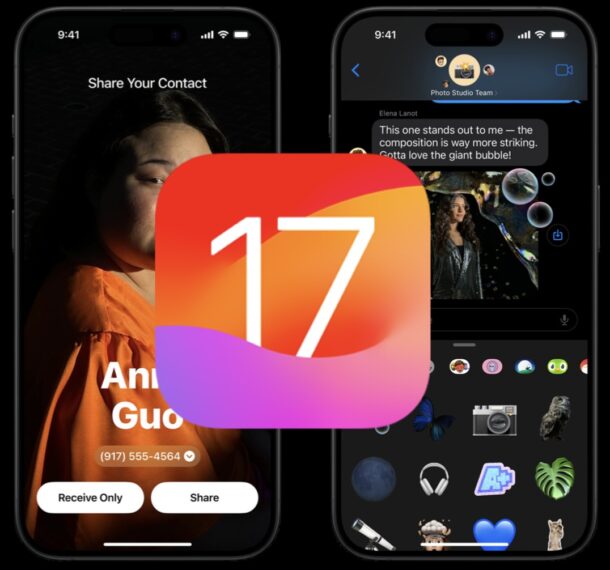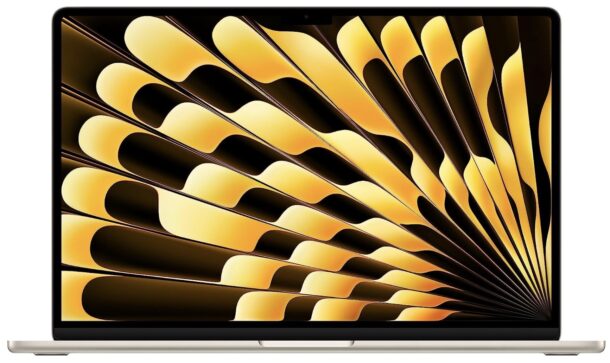How to Install tvOS 17 for Apple TV
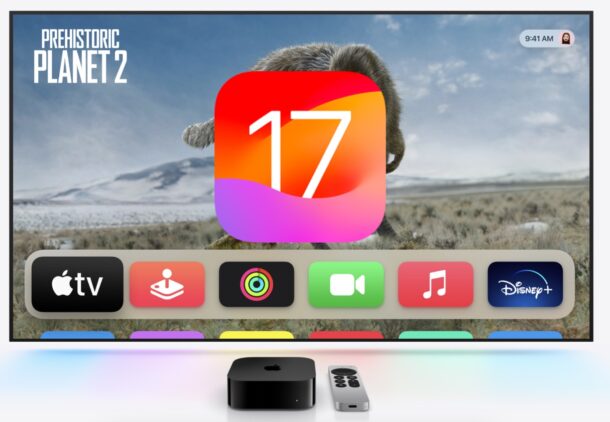
Now that tvOS 17 is available, you probably want to update your Apple TV to the latest version so that you can blow everyone away with the new features. tvOS 17 includes great new features like the ability to make FaceTime calls from the Apple TV, which is easily the coolest Apple TV feature possibly ever if you are like many of us and spend a lot of time on FaceTime calls with loved ones. Plus, there’s a Split View option for SharePlay, karaoke, and a variety of other little neat changes like improvements to Control Center, and even more freakishly beautifully gorgeous screen saver options. What’s not to like about tvOS 17? Nothing, because it’s the best update for Apple TV yet.
We’ll show you how you can update your Apple TV to tvOS 17. However to get the most from tvOS 17, you will also want to update to iOS 17 on iPhone, because one of the best features of tvOS 17 is the ability to make FaceTime video calls on Apple TV, using your iPhone camera (or iPad with ipadOS 17).



